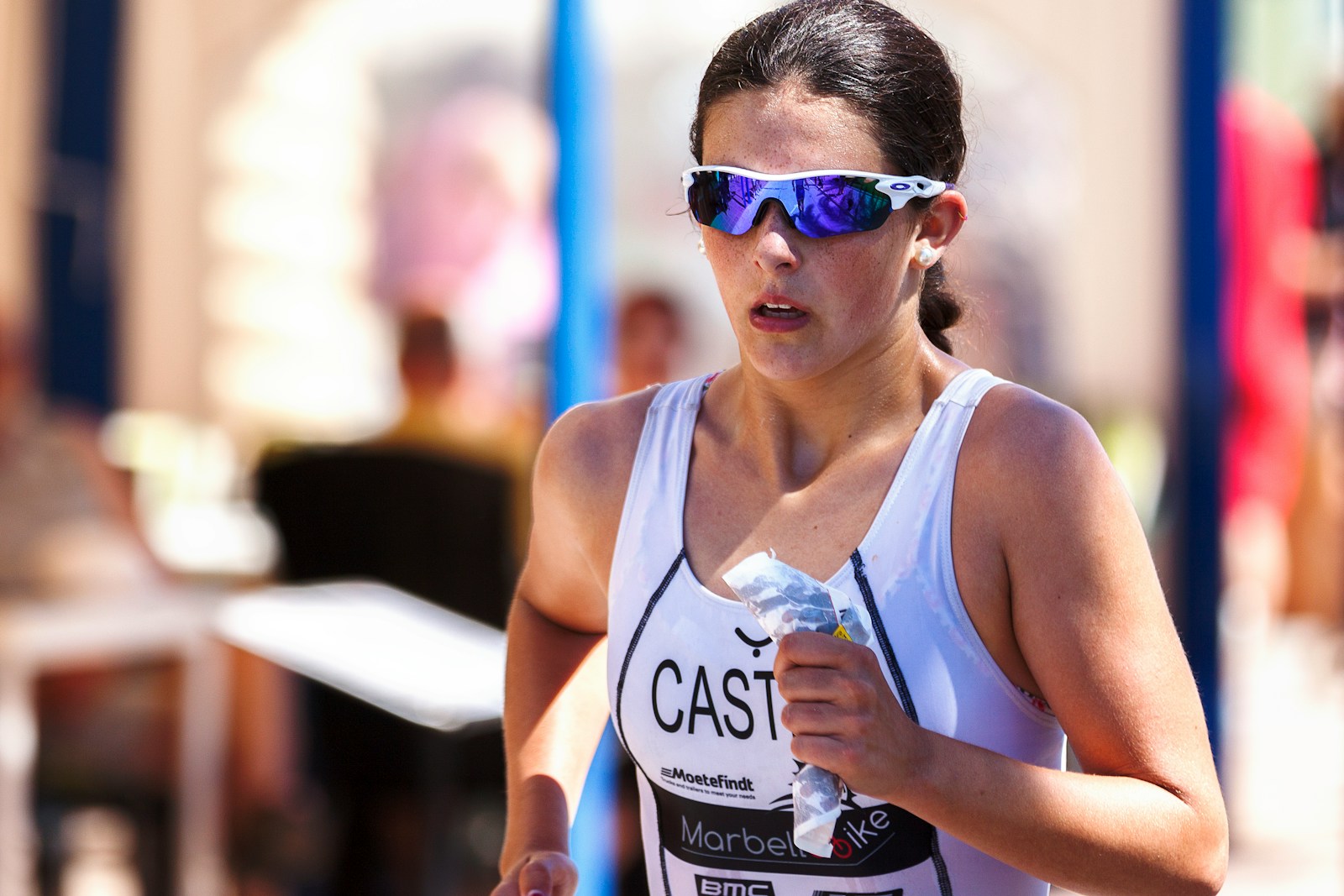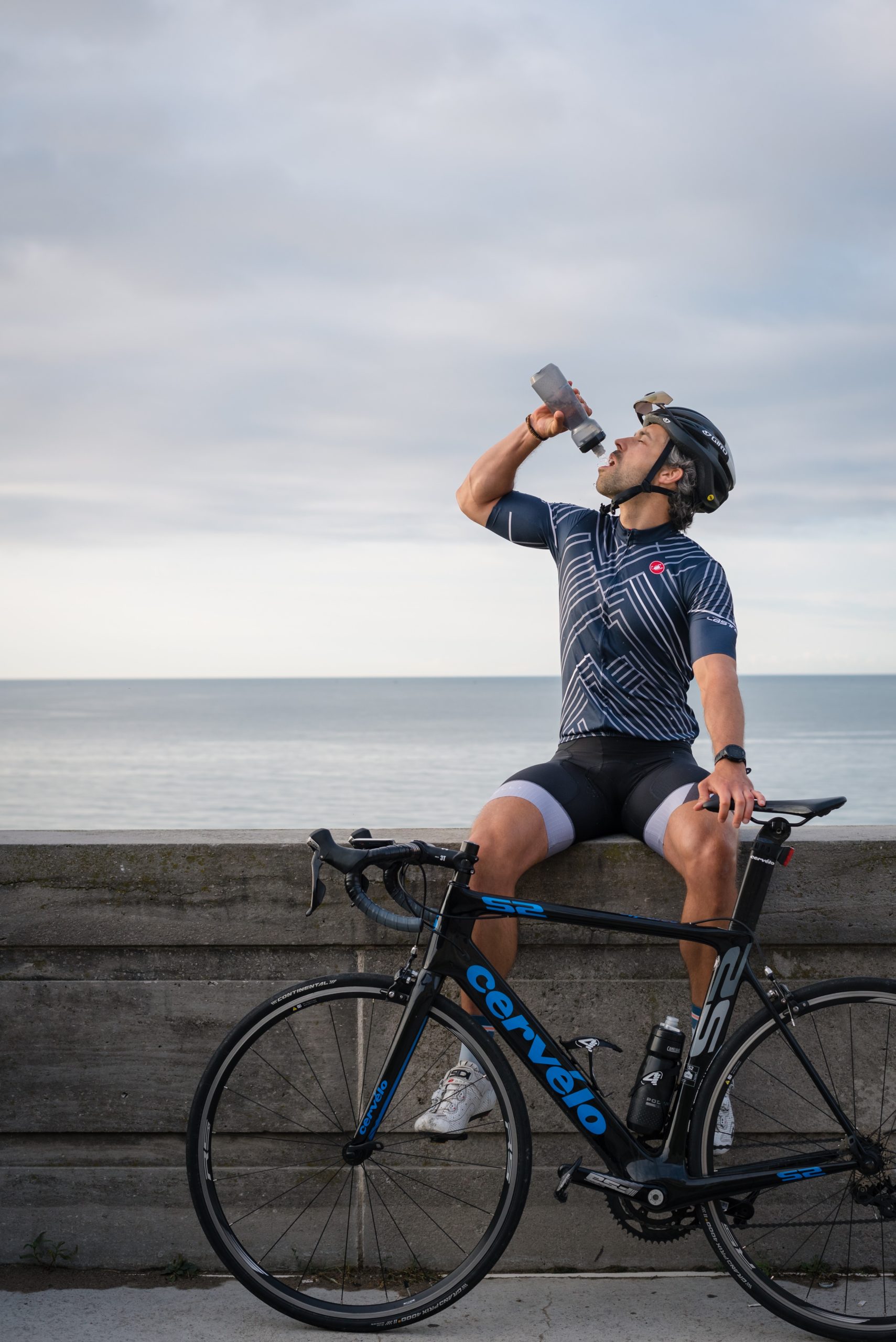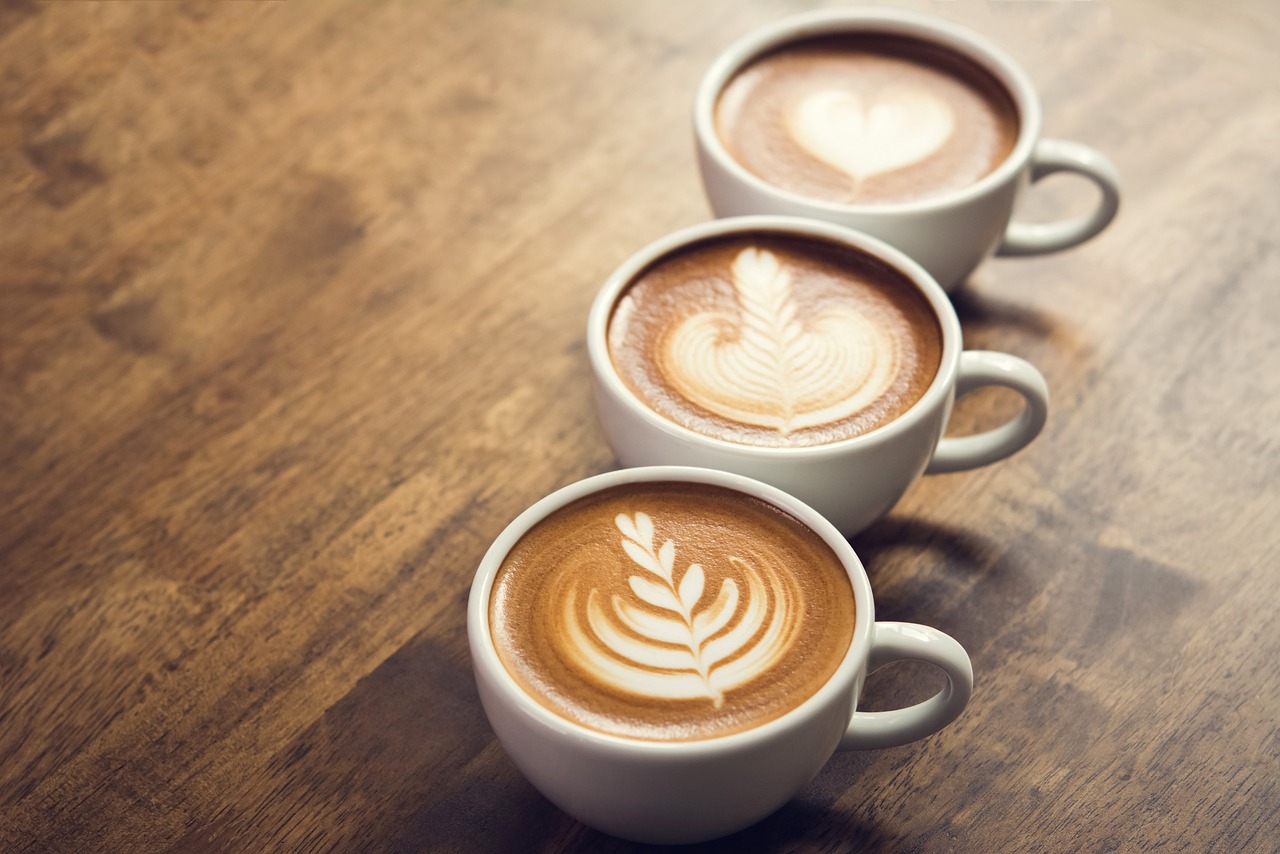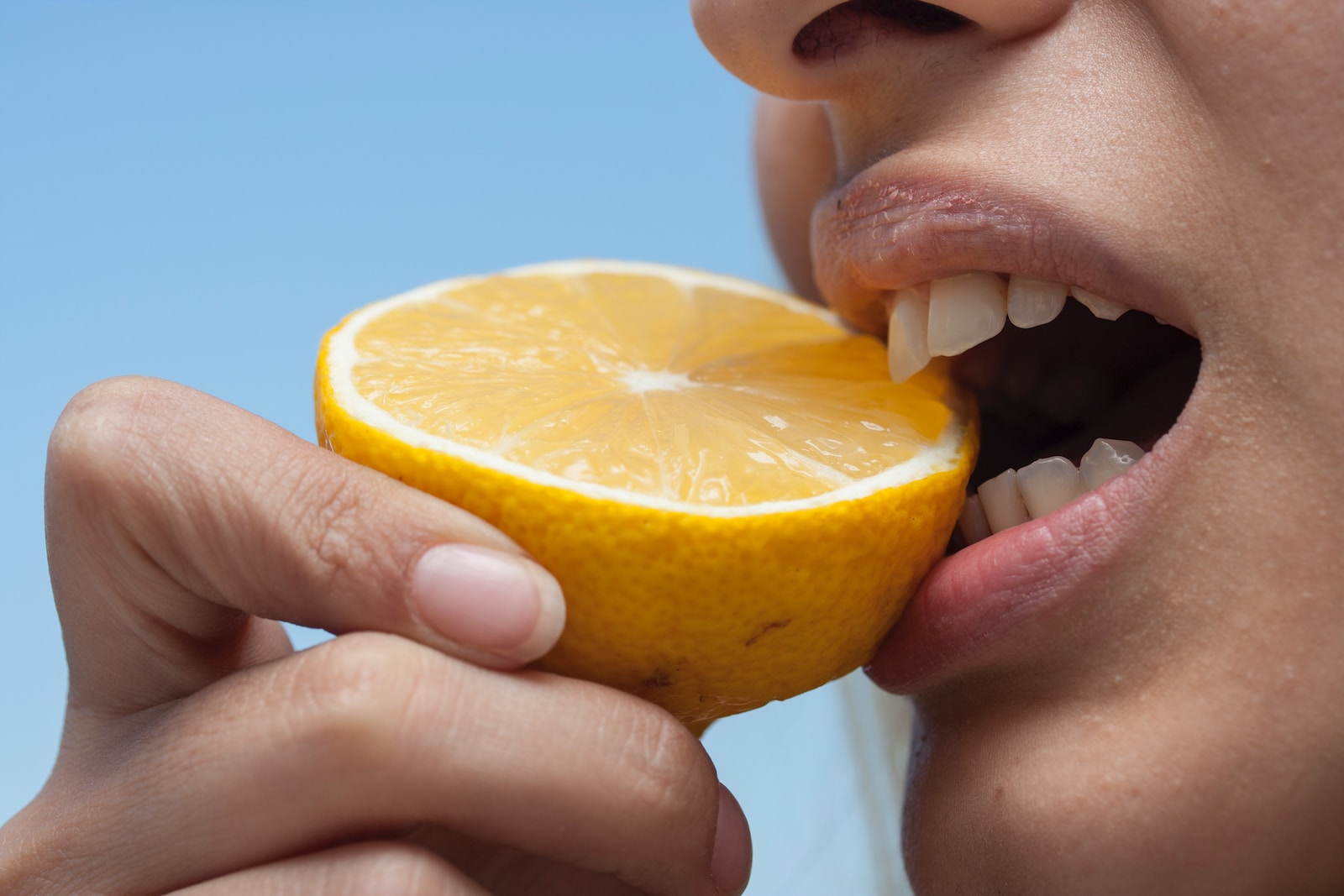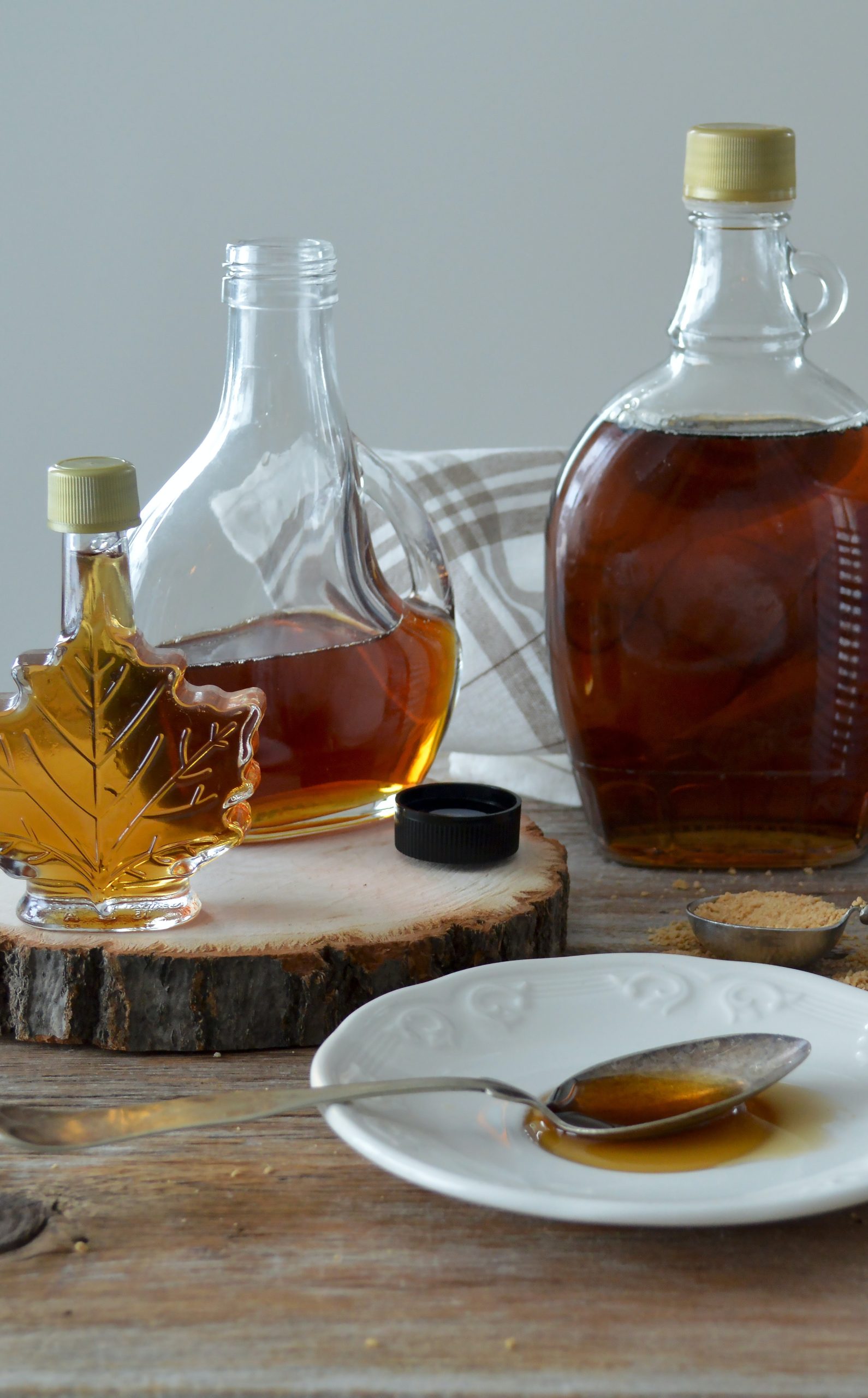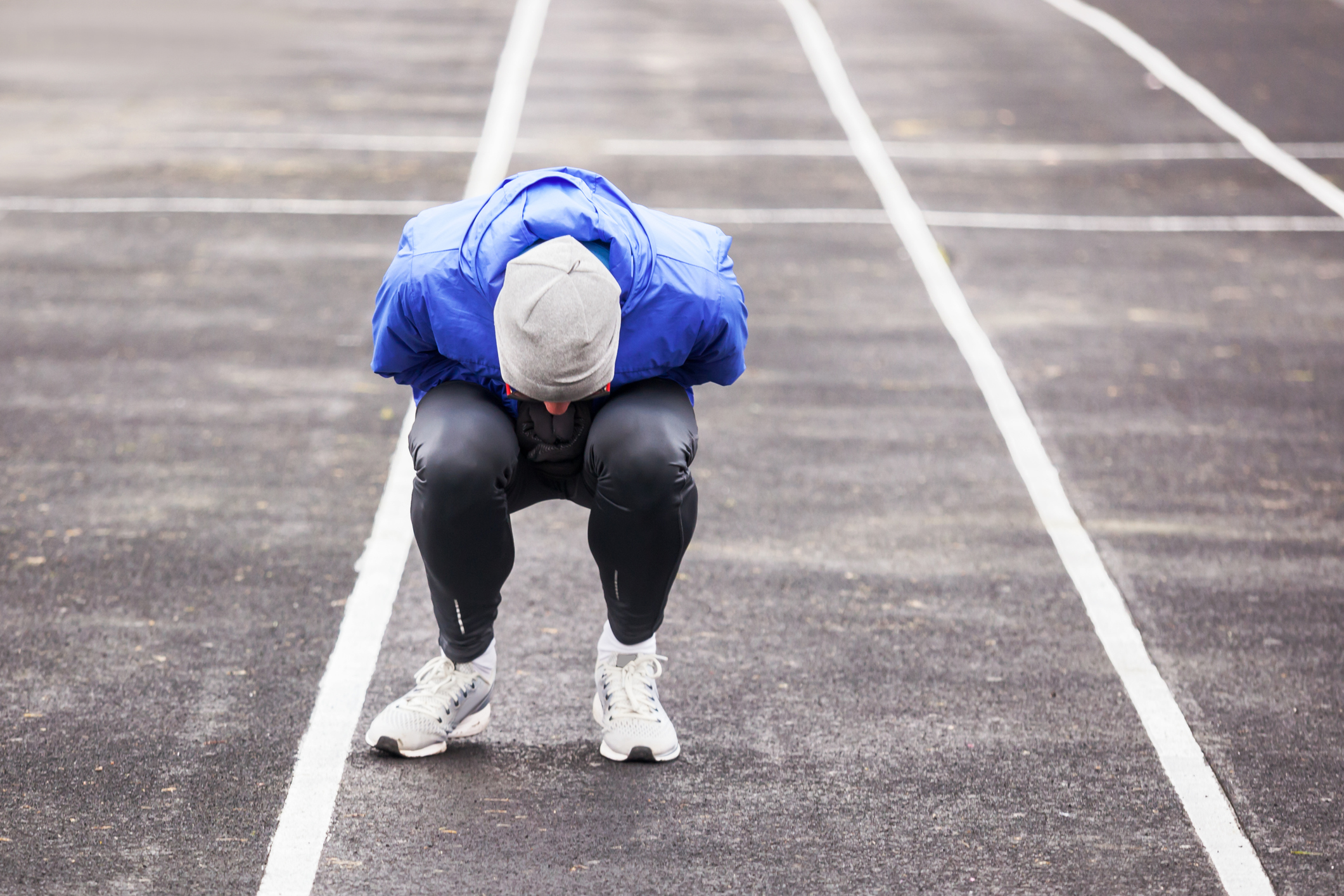The Female Athlete’s Guide to Fueling & Hydration for Optimal Performance – Part II: During The Event or Training

Part II of The Female Athlete’s Guide to Fueling & Hydration. Part I covers Pre-Workout Fueling. Here, we address how a female athlete can best fuel and hydrate in a training/race environment to ward off GI distress and perform to their full potential.
There is a lot of confusion around what brands and types of fuel are best–and for a good reason. The market is flooded with a variety of sports nutrition products, and what works for one athlete won’t necessarily work for another. This is all the more reason to test drive the products for yourself. The end goal being that come race day your fuel plan is ironclad.
What a Woman Should Eat During…
An Easy Workout (defined as <60 minutes easy run, recovery swim, or aerobic based ride of <90 minutes.)
If this is your only workout of the day and you have eaten regular meals, consume water with electrolytes or just water. This is all dependent on the training phase, how many workouts are in the day and your personal sweat rate. Here are a few suggestions but not limited to:
- Skratch Sports Hydration — lower carbs, with electrolytes.
- Nuun Hydration drink mix — lower carbs, with electrolytes.
(Carbs assist electrolytes, namely sodium with absorption)
Moderate to High Intensity Lasting up to 75 Minutes
Go with a small amount of carbs from a sports drink with electrolytes. (30-40g carbs/hr – estimation)
Endurance, High Intensity Exercise Lasting up to 2.5 Hours
Go with liquid calories over solids and aim for 30-60g carb/hour. If you have a history of GI issues, take note if the sports drink/product contains fructose and maltodextrin.
Tip: Reading sports nutrition labels – namely the ingredient list – comes in handy. Pay close attention to the first two to three ingredients – these are your sugar sources.
Endurance to Ultra-Endurance Exercise Lasting 2.5 Hours or Longer
Because the overall effort is steady state, aerobic-based, heart rate remains lower which allows the GI to process solids, semi-solids, and liquids while on the bike. On the run, heart rate is naturally higher so err on the side of caution and stick to liquids and semi-solids. During training sessions, start with 50+g carbs and 5-10g protein/hr (dependent on body weight) to train the gut to improve gastric emptying and absorption. Semi-solid examples: chews, gummies, Bloks, glucose tabs.
Tip: If your sports nutrition products contain maltodextrin, a polysaccharide made with the building blocks of glucose, it may cause GI distress. Maltodextrin is used in sports fuel because it doesn’t affect the osmolality and is tasteless in flavor, but there is one issue. Because it overloads a key gate in the small intestines, it creates the same high-osmolality environment as fructose. Therefore a worst-case scenario would be the energy boost you had intended is insufficient, hydration could be compromised, and you’ve subjected yourself to an upset tummy. It may not affect every athlete the same way, but it’s important to take note if you have a history of GI distress.
Hydration
Dehydration is the primary cause of early fatigue. Once an athlete reaches a 2% body weight loss, performance will start to decline, and at 4% loss, the athlete is unable to perform.
It’s common for an athlete to think they are bonking, (hitting the wall), when in fact, they are becoming dehydrated. Dehydration results in a decrease in blood plasma volume which reduces thermoregulation, so the body isn’t able to efficiently cool off via sweat, an increase in the rate of perceived exertion (RPE), and HR rises because the heart has to work harder to circulate the thickened blood.
It’s a disaster and an easily avoidable one.
However, drinking only water isn’t an efficient hydration strategy either. Water contains no electrolytes or carbs to promote absorption so it will just slosh around in the stomach not being absorbed fast enough. Far too many athletes have taken the more is better approach and overhydrated with water. The consequences can be life threatening in the form of hyponatremia, dangerously low blood sodium.
Symptoms of hyponatremia: nausea and vomiting, headache, confusion, loss of energy and fatigue, irritability, muscle weakness, spasms or cramps, seizures, coma.
What a Woman Should Drink During a Workout or Race
- 6% or less concentration solution (14.4g carb per 8 oz.)
- Sugars from glucose, sucrose
- Sodium: 180-225mg/8 oz.
- Potassium: 60-75mg (another fluid co-transporter to help sodium absorption)
Examples: Skratch Labs, Clif Shot electrolyte drink, GU hydration drink, Bonk Breaker Real Hydration, Infinit Nutrition (if Maltodextrin doesn’t upset your gut)–just to name a few.
As a general rule of thumb, a female athlete should aim for 20-32oz of fluid and 500-900mg sodium per hour during endurance or high intensity. While some female athletes sweat more than others, sodium loss is individual and not directly correlated to sweat volume. Rather than estimating sodium loss, it’s wise to invest in a sweat test to optimize performance and maintain adequate hydration while minimizing heat-related illness, low energy, dehydration, cramping, and GI issues.
TIP: Rather than drinking to thirst, remind yourself to sip frequently. Smaller, more frequent sips are easier to absorb as opposed to drinking half the bottle at once to make up for missed consumption.
Check out part III of this series, Recovery Fueling.



